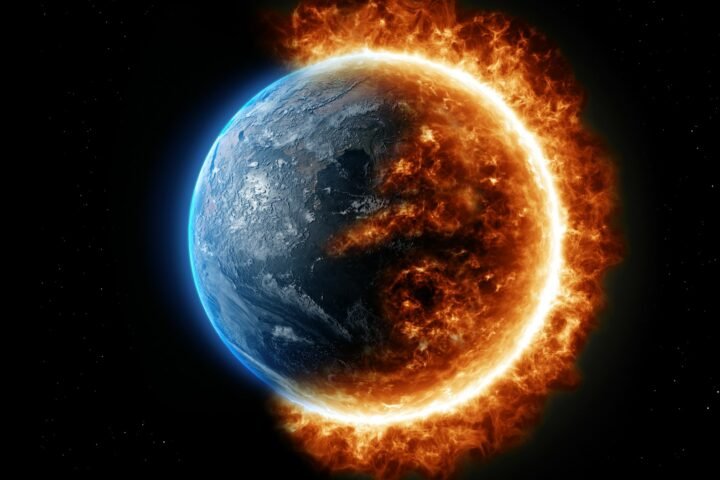On February 1, 2024, the daily sea surface temperature reached 21.12°C, the highest temperature on record and higher than the August 2023 peak of 21.09°C.
The conclusion is that ocean heat is the main reason why melting of Arctic sea ice can occur early in the year. More specifically, the narrowing of the temperature difference between the Arctic and the Tropics can at times cause strong wind to be present along the path of the Gulf Stream. Rising ocean heat combined with strong wind can cause heat to move abruptly toward the Arctic Ocean, causing sea ice to fall in extent.
Such an event is illustrated by the image below, adapted from NSIDC. The image shows a drop in sea ice extent at the end of January 2024 (blue), a time of year when Arctic sea ice is still expected to increase in extent and to keep increasing in extent for some time to come (grey). In this case, strong wind may have caused a huge amount of ocean heat that is present in the North Atlantic to move abruptly toward the Arctic Ocean, as discussed in an earlier post.
Read the full post at Arctic News.







